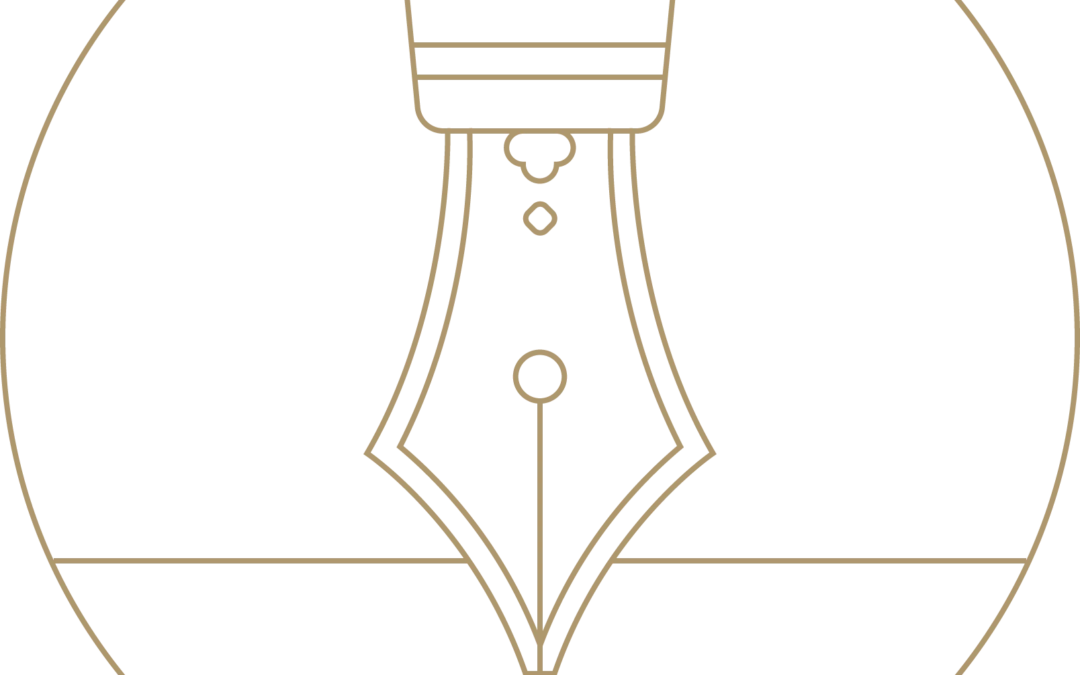Skrevet af
Bill on earmarked leave is on the way
The Government and a majority of the parties in Parliament have reached an agreement on implementation of the EU Work-Life Balance Directive.

The Government and a majority of the parties in Parliament have reached an agreement on implementation of the Work-Life Balance Directive providing earmarked parental leave for fathers.
According to the current rules, pregnant women are entitled to four weeks’ pregnancy leave, 14 weeks’ maternity leave after the birth, including two weeks’ mandatory maternity leave in immediate continuation of the birth, and 32 weeks’ parental leave, which can be extended to 40 or 46 weeks depending on employment status.
The father or co-mother is entitled to two weeks’ paternity/co-mother leave within the first 14 weeks after the birth and 32 weeks’ parental leave, which can be extended to 40 or 46 weeks depending on employment status.
The mother will generally be entitled to childbirth-related benefits during pregnancy and maternity leave, and the father/co-mother will be entitled to childbirth-related benefits during paternity/co-mother leave. In addition, the parents are jointly entitled to 32 weeks’ childbirth-related benefits during parental leave.
The 24+24 model
The new agreement proposes a leave model with an equal division of leave between mothers and fathers so that, as a starting point, the mother and father will each have 24 weeks of leave after the birth of the child.
The pregnant woman will still be entitled to four weeks’ pregnancy leave and 2 weeks’ mandatory maternity leave in immediate continuation of the birth. The father/co-mother also continues to be entitled to two weeks’ paternity/co-mother leave within the first 14 weeks after the birth.
The novelty is that both parents will then be entitled to 22 weeks’ parental leave of which nine weeks are earmarked to the individual parent. This means that only 13 out of 22 weeks can be assigned to the other parent. One of the parents can thus take a maximum of 37 weeks’ leave (2+22+13=37).
The agreement further proposes that the nine weeks of earmarked parental leave must be taken before the child turns one, while the remaining 13 weeks’ parental leave must be taken before the child reaches the age of nine.
If both parents take all their leave, their joint leave entitlement will thus amount to 48 weeks with childbirth-related benefits.
The new rules on earmarking of parental leave do not apply for self-employed persons, unemployed persons and students. These individuals will be able to assign 22 weeks’ leave to the other parent.
According to the agreement, solo parents will be entitled to 46 weeks of leave.
In order to improve leave opportunities for LGBT+ families, from 1 January 2024 it will be possible to assign leave to an immediate family member as well as social parents in the form of the legal parent’s spouse or cohabiting partner, donors with a parental relationship to the child and their spouse or cohabiting partner who has a parental relationship to the child.
The new act is expected to take effect from 2 August 2022. We will follow the process of the bill in Parliament and report on developments.
The content of the above is not, and should not be a substitute for legal advice.
